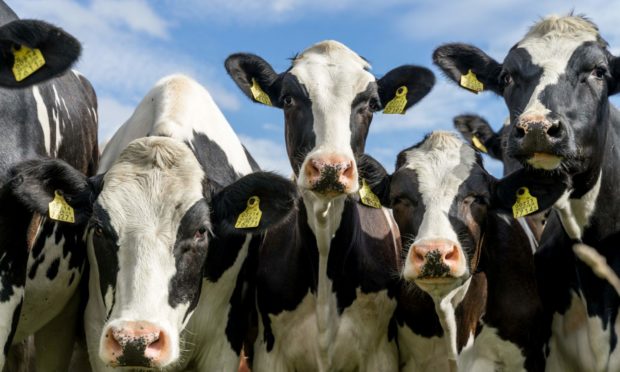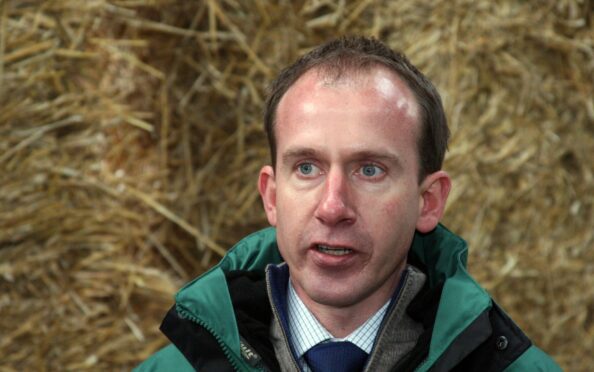Two new genetic indexes are being launched to help British dairy farmers breed more climate friendly cows.
The Agriculture and Horticulture Development Board (AHDB) says the indexes -EnviroCow and Feed Advantage – will help dairy farmers breed more environmentally-friendly cows.
The levy body said the EnviroCow index, which incorporates cow lifespan, milk production, fertility and the new Feed Advantage index, is one of the first in the world to focus solely on breeding cows for their environmental credentials.
“The environmental focus of EnviroCow reflects the important role cattle breeding can play in helping the farming industry reach its goal of net zero greenhouse gas (GHG) emissions,” said AHDB head of animal genetics, Marco Winters.
He said the EnviroCow index will be expressed on a scale ranging from -3 to +3 with the highest figure given to bulls which transmit the best environmental credentials to their daughters.
These will be cows which are predicted to create the least GHG emissions in their lifetimes for each kilo of solids-corrected milk they produce.
Meanwhile, the Feed Advantage index is designed to help dairy farmers select bulls with the greatest tendency to pass on good feed conversion traits to their daughters.
AHDB said this is expressed as a predicted transmitting ability (PTA) in kilograms of dry matter intake saved during each lactation.
Mr Winters said the launch of the two indexes represented the culmination of mroe than 30 years’ research and data collection at the award-winning Langhill dairy herd in Dumfries.
He said the work, carried out by Scotland’s Rural College (SRUC), involved measuring the dry matter intake of the Langhill cattle throughout their lives.
“Calculations take account of the feed an animal is expected to eat given her solids-corrected milk production and the feed she needs for her maintenance,” added Mr Winters.
“This is compared with her actual feed consumption to identify animals which are efficient converters.”
He said adjustments are made for the size of the animal – as a smaller cow requires less feed than a larger cow producing the same amount of milk – and the most efficient cows are estimated to consume up to 400kg less in one lactation compared with the least efficient cattle.
“EnviroCow and Feed Advantage will help farmers have a positive impact on the use of the world’s finite resources and the carbon footprint of UK dairy farming,” added Mr Winters.
“Now they can move this up a gear with genetic indexes designed specifically to improve their dairy cow’s carbon emission credentials.”

